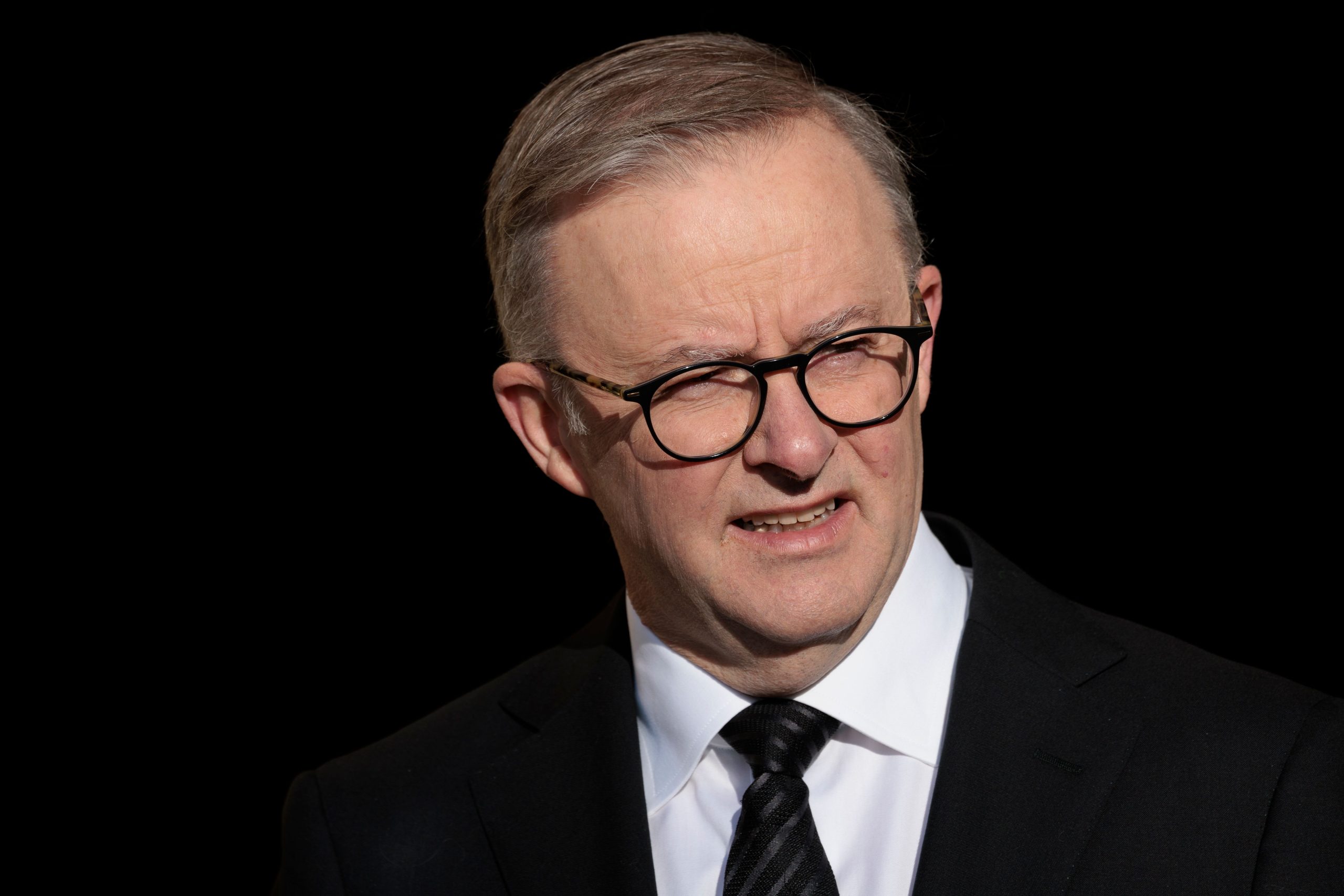The Inside Word

Politics is a numbers game
2024 could be called “election year” across Australia, with Tasmania (March 23), the Northern Territory (August 24), the Australian Capital Territory (October 19), and Queensland (October 26) all heading off to the polls, as are the good residents of the Federal electorate of Dunkley (March 2).
Right now, Tasmania is the only state or territory government held by the Liberals, and come end of March, there is a real possibility the last blue government will fall (at least as a majority government).
Traditionally, federal elections are rarely influenced by state or territory-based issues, but with the Federal Government consistently blurring the ‘ownership’ line on state matters (including cost-of-living pressures, housing supply, our home electricity bills and even the price of groceries), I have no doubt the Prime Minister will be watching the results very carefully.
Focusing in on the two closest elections:
Dunkley – The shoe leather is worn out and election signs are all over the electorate like confetti after New York’s New Year’s Countdown.
The Prime Minister’s modified Stage 3 tax cuts were expected to bolster the Government’s chances in Dunkley, but haven’t moved the dial at all. Added to that is the cynicism about whether the Health Minister is sitting on the health insurance premium hikes until after Dunkley. At least one poll has the Liberals ahead of the ALP 51 per cent to 49 per cent TPP.
No surprise then that we have seen the Prime Minister deploy an expectation-management strategy – a very important part of the armoury of all political leaders. Prior to the Voice Referendum, when all polls were saying it was going to fail, we saw the Prime Minister trying to deflect the impact on his leadership, highlighting similar losses in the 1984 and 1988 referenda when Bob Hawke was Prime Minster. This week the Prime Minister has again been dampening expectations of an ALP Dunkley victory citing the average by-election swing of 7.1 per cent compared to the current margin of 6.3 per cent.
The result will be close. If the ALP holds the seat, it will be by a small margin. Anthony Albanese will take the win but won’t take much comfort from it for the next federal election. If the Liberals win, it will be significant for Peter Dutton as he tries to rebuild the Liberal supporter base in Victoria and recover from heavy losses from the last federal election and the Ashton by-election.
Tasmania – Premier Jeremy Rockliff called an early election about a year before it was due, following the defection of two Liberals (though importantly, they did provide a guarantee of supply and confidence). A year is a long time out, and voters will mark down the Government for going ‘too’ early.
Tasmania adopts the unusual Hare-Clark system of proportional representation – and in this election, each of the State’s five divisions will elect seven members, who will compete against candidates from other parties and their own. Candidates need to win about 15 per cent of the vote after preferences to win a seat, so the system will make winning an absolute majority in this election difficult. Support from minor parties will be needed for either the ALP or the Liberals to form Government.
Enter stage right, the Jacqui Lambie Network. The JLN has at least three candidates running in four of the five Divisions. Her influence in Tasmania is about to get a big boost.


